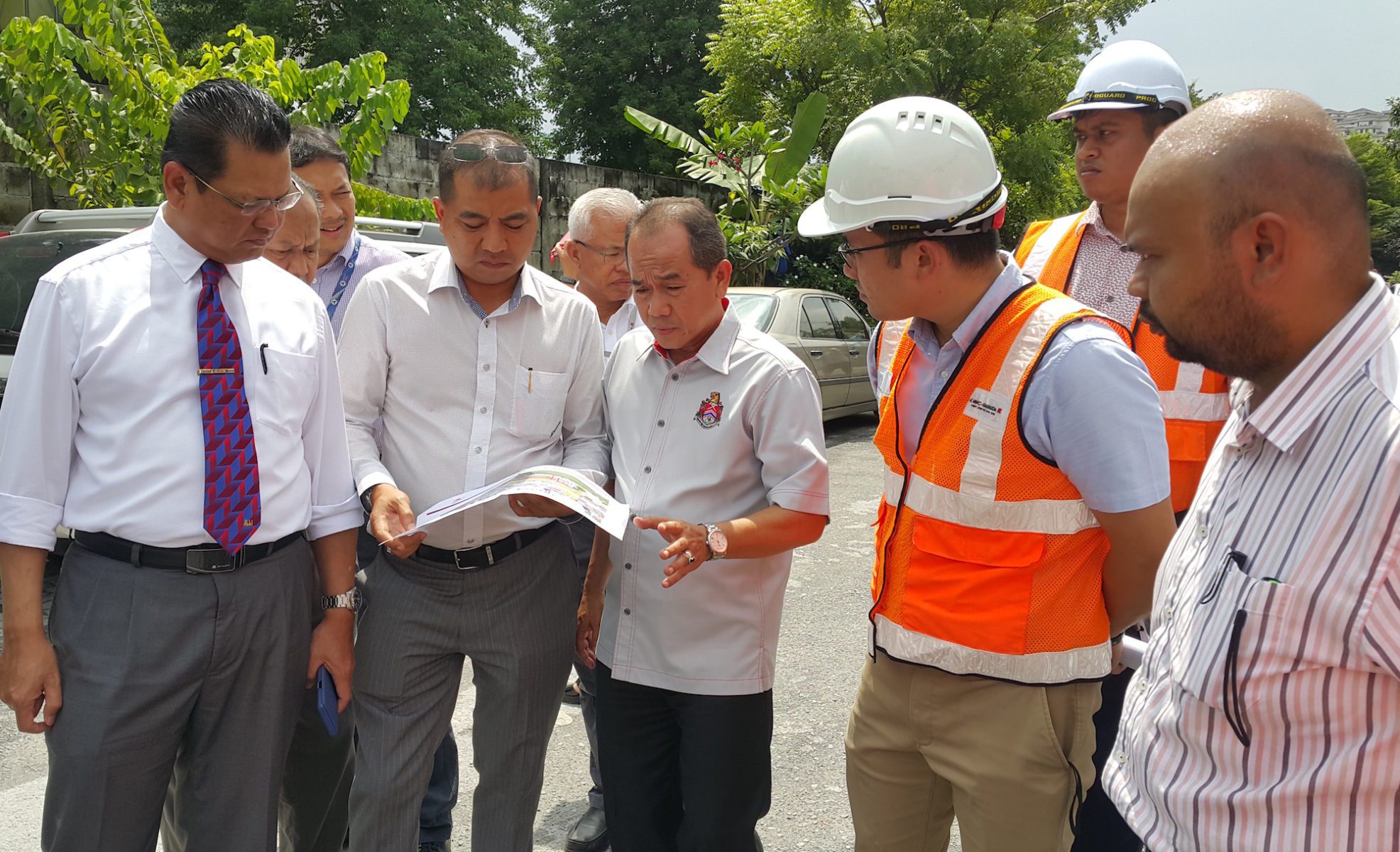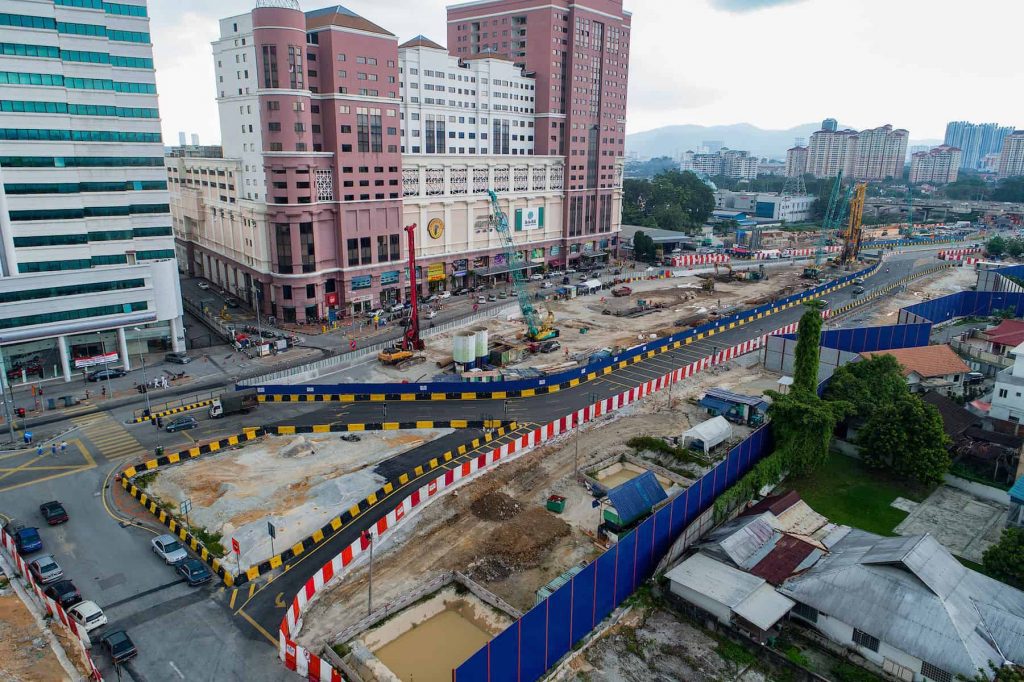Traffic congestion is a fact of life for communities, businesses and commuters who live and work around the Klang Valley. However, congestion can get worse when there is ongoing construction work along these roads — and this has been the main concern for communities along the MRT SSP Line.
Realising the importance of traffic management during construction, MMC Gamuda ensured the Traffic Impact Assessment (TIA), Traffic Management Plan (TMP) and Traffic Management Scheme (TMS) was included when planning the MRT SSP Line work programme.
We spoke to Christopher Ng, V203 Project Manager for one of the most congested areas on the alignment — from Jinjang to Jalan Ipoh North Portal — to explain why road closures in and around Jalan Ipoh have been necessary, and how the project team is committed to ensuring the traffic impacts are minimised while being reasonably practical.
Q: Explain the process involved in planning and mapping out road closures for Jalan Ipoh and how do you implement such a plan?
Christopher: As an occupier of the site, our main objective of any road closure is to minimise the impact to local residents and road users who need to access the residential areas, schools, shops and other facilities located within Jalan Ipoh precinct, while also allowing sufficient working space for construction. For Jalan Ipoh in particular, there is a transition from elevated viaduct structure to cut and cover section taking the MRT SSP Line underground that runs through the median of the road. This meant that we had no other alternative but to divert traffic sideways and close off some of the junctions along Jalan Ipoh to make room for this section. However, alternative roads and additional U-Turns were introduced to facilitate the access and minimise the impact to the road users.
Two stages are involved in the traffic management, the pre-implementation stage and the implementation stage during construction phase:
1. Pre-implementation Stage
Before any major alteration to existing traffic conditions takes place, a TIA is carried out to assess the potential impact of the proposed traffic diversions and road closures. Based on the TIA study, a design of proposed traffic diversions called the TMS is outlined. The TMP is then established at site level to detail the execution plan on effective traffic management for the project. The TMP is assessed by PDP and the relevant authorities to ensure various undertakings comply with the requirements. Prior to any identified road closures being activated, the contractor is required to obtain final approval from the relevant authorities — KL City Hall (DBKL); Jabatan Kerja Raya (JKR); Lembaga Lebuhraya Malaysia (LLM) — before progressing.

2. Implementation Stage
During the implementation stage, our main role is to deploy resources for actualising the approved TMP; install, manage and maintain traffic diversion equipment and devices and repair, improve and maintain all roads under the construction’s Right of Way (ROW).
Q: Who do you have to work with in order to plan and approve road closures?
Christopher: Besides the relevant authorities as described earlier, during the submission stage, all governing documents are assessed by our respective subject matter experts — the Project Management Department (PMD); the Traffic Department; the Safety, Health and Environment (SHE) Department, and our consultants. These reviewers will determine whether the designs are safe and comply with the requirements outlined in the contract and by the authorities. Prior to the physical works, we also have engagements with the surrounding stakeholders and local representatives to brief them on the coming changes to the existing road and alternative routes made available to them during the diversions.
Q: What specific works can be undertaken as a result of the road closures that could not have been done before?
Christopher: From the start of the project, we were mindful not to disturb Jalan Ipoh too much. A large amount of preparation work was needed prior to the actual physical construction, including utilities piloting, duct space survey, profiling and utilities relocation, that could be done at night without any major road closures. However, as we moved into the physical construction stage of the project, where a larger working area is required for cranes, bored pile rigs and silos, we had no choice but to activate our TMS and close some of the roads and junctions to make room for the works.

Q: What are some of the other challenges you encounter?
Christopher: Dealing with unforeseen issues during construction is always a challenge. There have been instances where we have not been able to implement planned road closures because of concerns from neighbouring stakeholders and authorities. There have also been ad-hoc road closures due to sudden road depressions, traffic accidents and delays in the road being open to the public. These delays are normally due to sub-contractors damaging utilities during excavations or issues with relocation works where machinery breaks down. To mitigate against this, we have implemented measures to ensure the sub-contractors stop work, reinstate the road and vacate the area by a designated cut-off time.

